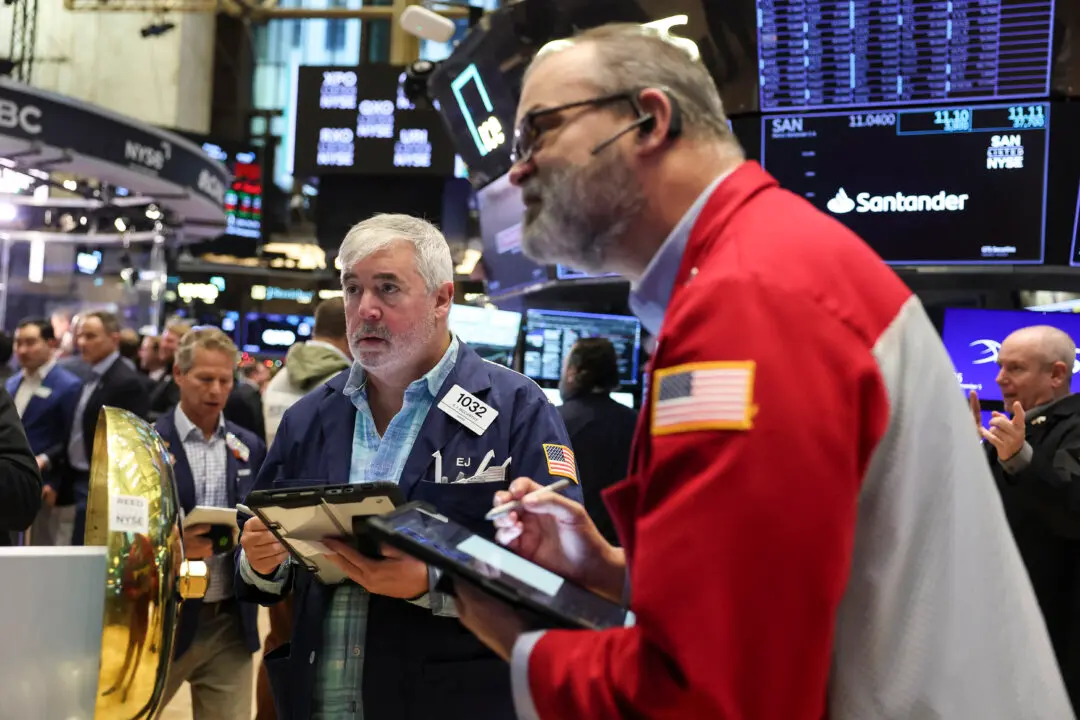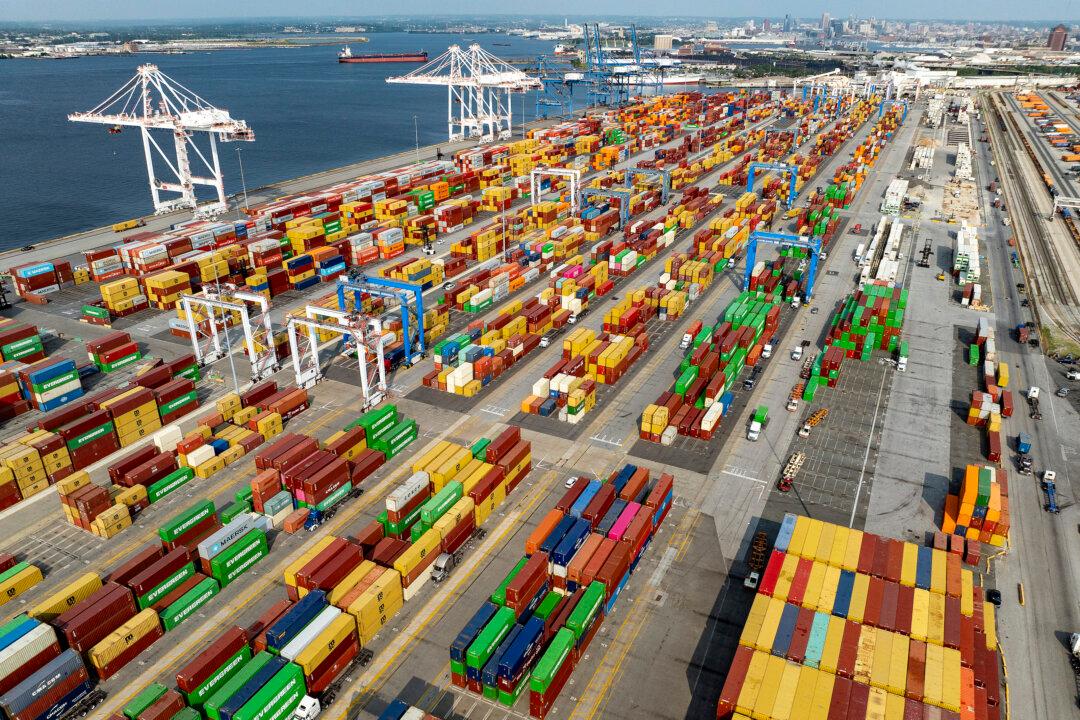Commentary
Most market participants have been surprised by the past six months. The total return of the U.S. Treasury Index was the worst since 1788, according to Deutsche Bank. Stocks closed in June with one of the largest corrections since 2008. Bonds and equities are falling in unison, driven by rate hikes and the normalization of monetary policy. However, there’s no such real normalization.





